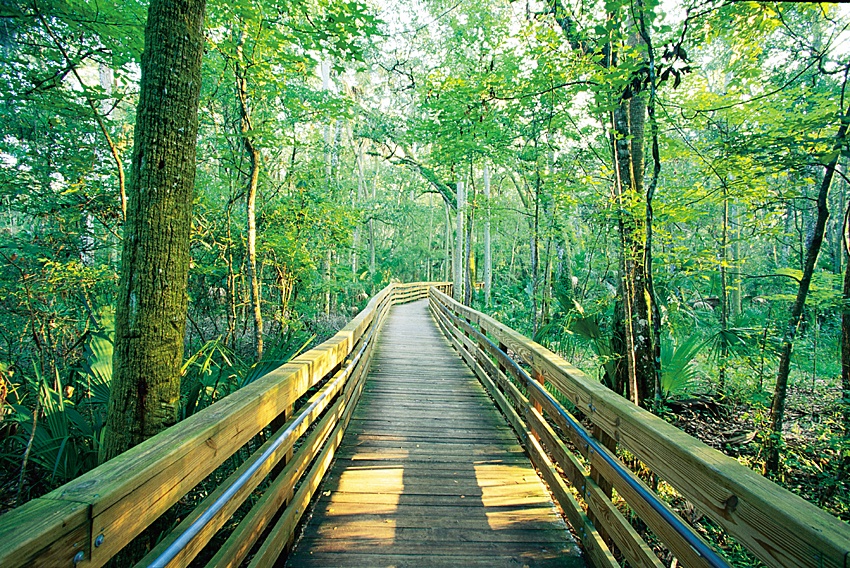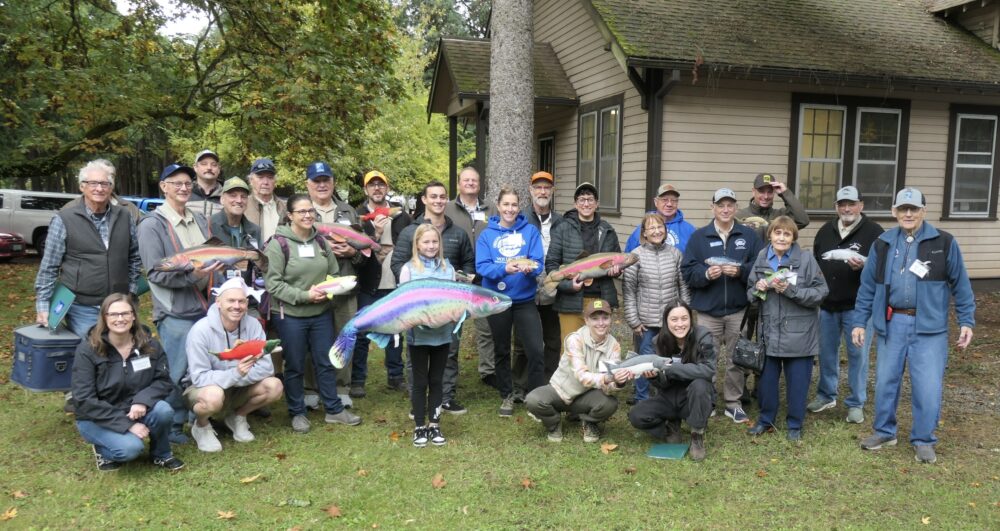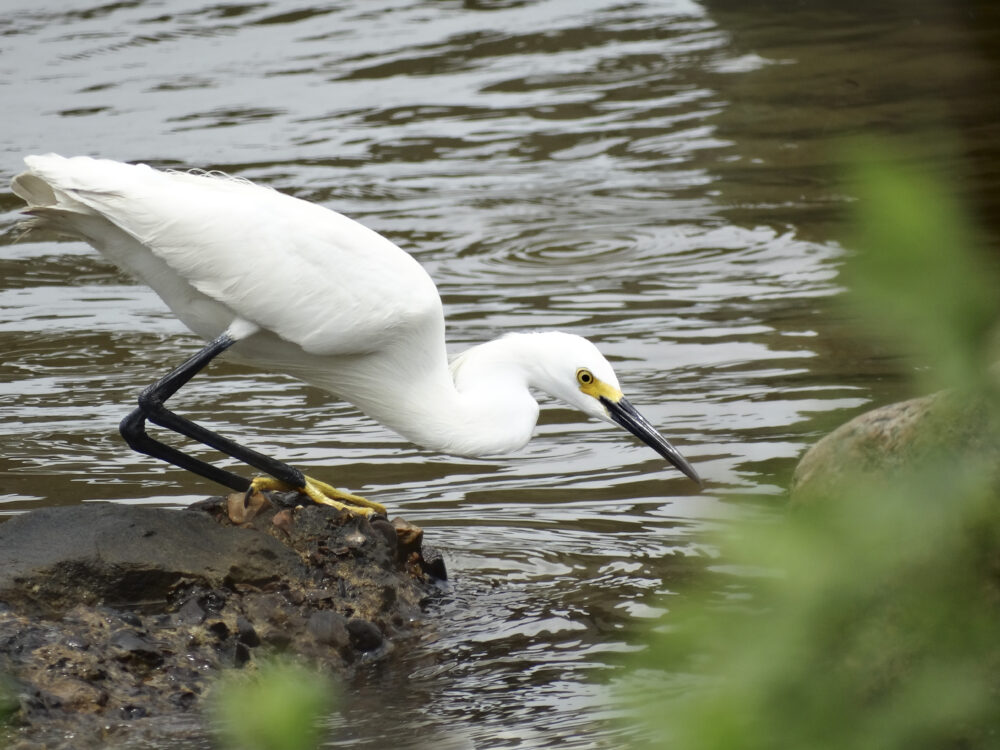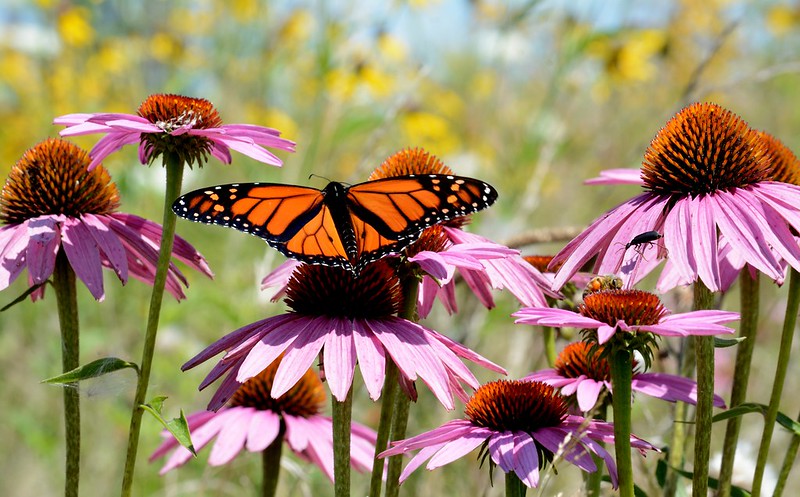We have much more to do and your continued support is needed now more than ever.
Celebrating Wildlife Success Stories on Endangered Species Day
This Friday, May 20th is Endangered Species Day — a day to both celebrate the successes of wildlife whose populations have been restored, and to learn more about the importance of saving those species still in danger. Given the increasing threats from climate change and habitat loss and degradation, it’s more important than ever to take action to protect our nation’s cherished wildlife.
 One important way to speak up for wildlife is to make sure that conservation funding for endangered species protection and the State Wildlife Grants Program (which prevents plants and wildlife from becoming endangered) is protected.
One important way to speak up for wildlife is to make sure that conservation funding for endangered species protection and the State Wildlife Grants Program (which prevents plants and wildlife from becoming endangered) is protected.
Speak Up for Critical Conservation Funding
this Endangered Species Day >>
Tweet it! | Post to Facebook.
The Endangered Species Act
Co-administered by the U.S. Fish and Wildlife Service and National Oceanic and Atmospheric Administration, the purpose of the Endangered Species Act (ESA) is to conserve imperiled species and their habitats. Currently, there are about 1,300 species of plants and wildlife nationwide that are listed as either endangered or threatened.
To date, the Endangered Species Act, which became law in 1973, has helped to prevent the extinction of hundreds of species of plants and wildlife:
5 Endangered Species Act Success Stories
Florida Panther
Habitat loss and uncontrolled hunting reduced the Florida panther to only about 35 animals by the 1980s. Cougars once ranged in the thousands across the eastern United States, but the Florida panther is the only cougar subspecies that still survives east of the Mississippi. Protection of some vital habitat has raised the panther population to some 160 animals in recent years, but habitat loss persists as a critical threat. SPEAK UP FOR ENDANGERED FLORIDA PANTHERS TODAY.
Bald Eagle
As many as 100,000 bald eagles soared over the lower 48 states before Columbus reached the Americas. By 1963, hunting, habitat loss and pesticide contamination had cut the species to just 417 nesting pairs in the continental United States. Under the Endangered Species Act, the U.S. Fish and Wildlife Service (FWS) initiated captive-breeding programs and habitat protection. A 1972 DDT ban also helped. The bird now numbers nearly 10,000 pairs in the Lower 48 and was delisted in 2007.
Desert Tortoise
Critical habitat designations under the Endangered Species Act have protected areas vital to the desert tortoise. Although the tortoises can live as long as 100 years, they are not equipped to survive livestock grazing, off-road vehicles, mining and vandalism. The U.S Fish and Wildlife Service, the Bureau of Land Management and the National Park Service all protect land for this species.
Karner Blue Butterfly
The key to survival for the Karner blue butterfly is a flower, the wild blue lupine, that grows in pine barrens in the upper Midwest and Northeast. Development has reduced lupine numbers, robbing the Karner blue of a vital food and driving it to extinction in three states. Habitat restoration and reintroductions promise to recover the butterfly in some regions.
Gray Bat
Some 2.25 million gray bats once lived in limestone caverns in the southern and midwestern states. Human activity near the caves cut bat numbers to about 128,000 by the time the species was listed in 1976. Since then, with more caves and forests protected under the Endangered Species Act, the bat population has rebounded to an estimated 1.5 million animals.
Wildlife in Trouble
With all these successes, we must not forget about the wildlife that still desperately need our help. One of the most endangered species in the United States is the Hawaiian monk seal.
Hawaiian monk seal
Known to the native Hawaiians as ‘Ilio-holo-i-ka-uaua, or “dog that runs in rough water,” the Hawaiian monk seal is near the brink of extinction. In 1976, the Hawaiian monk seal was listed as an endangered species. Today, more than 30 years later, its population is in a crisis situation, with the number of seals left in existence estimated to be only 907.
Significant efforts have been made to enhance the recovery of the species. National Wildlife Federation’s Hawai’i affiliate, the Conservation Council for Hawai’i, has been at the forefront of major campaigns to help recover imperiled Hawaiian plants and animals on the brink of extinction, including the Hawaiian monk seal. The National Oceanic and Atmospheric Administration (NOAA) has developed a recovery plan, which includes designating critical habitat and a captive care program to get pups through the first couple years of life, which is critical to species survival.
American Girl is partnering with National Wildlife Federation to help raise awareness of endangered animals like the Hawaiian monk seal. With the purchase of every Kanani plush monk seal sold in 2011, American Girl is donating $1 (up to a maximum of $100,000) to NWF’s wildlife education programs.






















Building Momentum: What’s Next for Beaver Conservation in Colorado